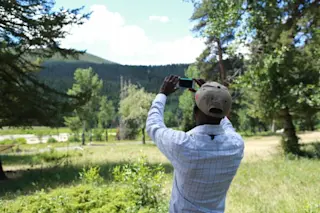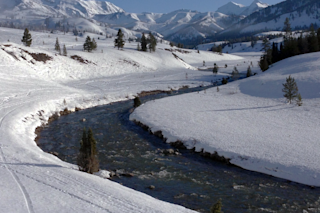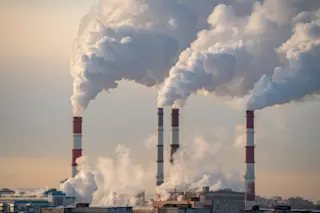Researchers can accomplish amazing things these days with satellites — they can study clouds and climate, forests and land use change and even bird migrations. But with so much satellite data, it can be hard to match up measurements from the sky above with information about what’s actually on the ground. That’s where citizen scientists like you come in.
“NASA studies Earth from space, looking down,” says Holli Kohl, the coordinator of NASA GLOBE Observer, a citizen science program that pairs volunteers’ on-the-ground observations with satellite imagery from the space agency. “Take clouds, for example: You on the ground have a different perspective, you’re looking up.”
NASA launched GLOBE, the Global Learning and Observations to Benefit the Environment program, in 1994. Originally a tool for students in classrooms, it hit the big time in 2016 when they launched the GLOBE Observer app and expanded the program to teens and adults ...














